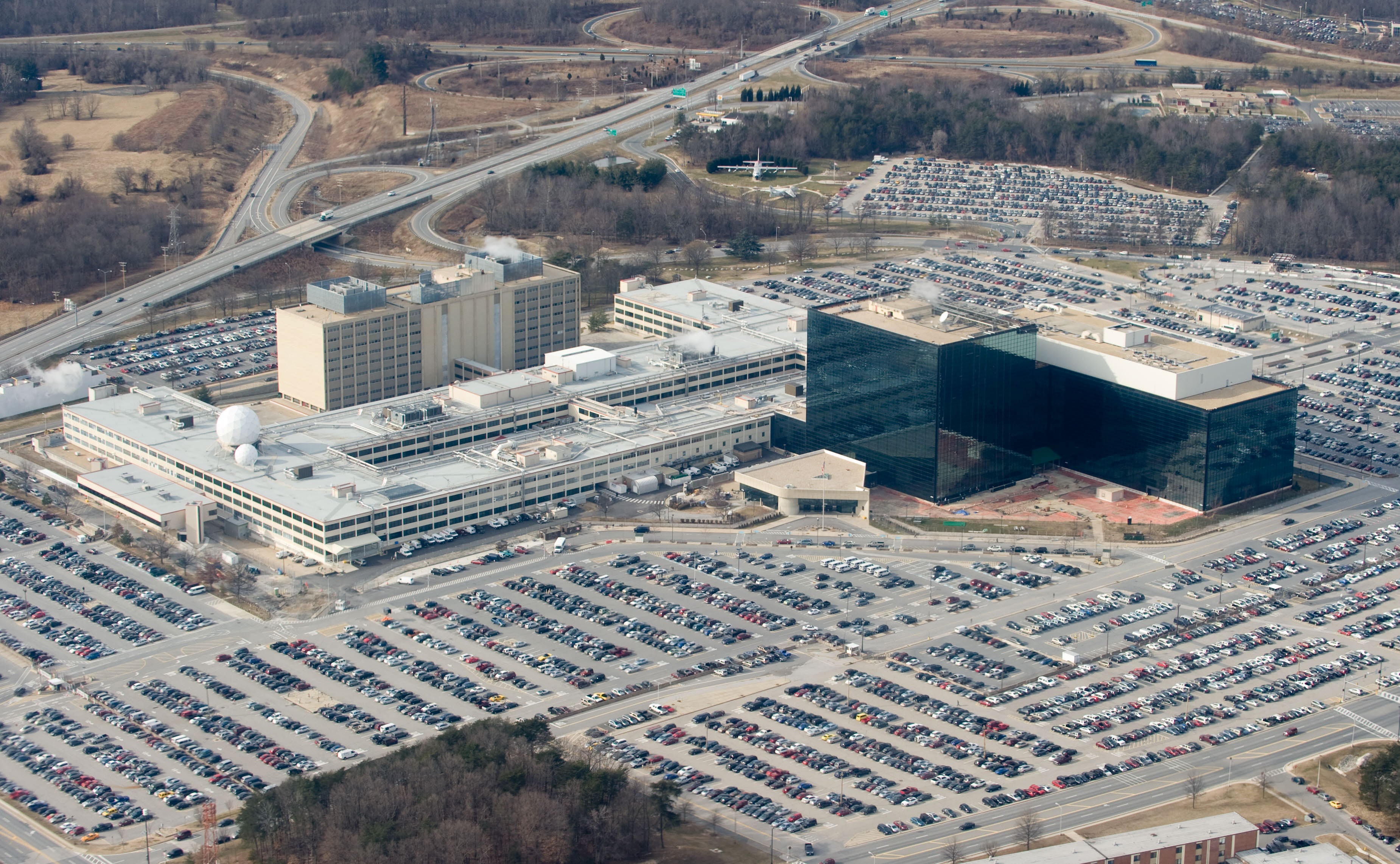WASHINGTON — A cross-agency team at the U.S. National Security Agency is working to identify areas where the spy organization can do more remote work by reducing classification levels of work performed there, the NSA’s chief information officer said Wednesday.
In response to the COVID-19 pandemic, on-site NSA employees are practicing social distancing within the same building, said Greg Smithberger, who also heads the agency’s Capabilities Directorate. In this environment, the agency discovered it’s more efficient when personnel don’t have to walk from meeting to meeting.
“We had a culture of face-to-face meetings, and we’ve learned that we can be a lot more effective and efficient, you know, operating virtually even in our classified environment and then the unclassified things and the telework that opens up,” Smithberger said on a virtual panel hosted by the Intelligence and National Security Alliance. “[T]here’s a pretty interesting cross-agency team right now is looking really hard at all the mission areas that could be doing more on the low side, and our ability to really open up telework.”
Telework before the spread of COVID-19 was “rarely done,” he added, and telework in the future will be restricted to unclassified work. The NSA uses the Intelligence Community GovCloud environment for its cloud computing needs, a platform that hosts highly sensitive information and data. Access to the IC-GovCloud will not be allowed from home, Smithberger said.
He also said the NSA’s new way of doing business virtually presents new opportunities for industry to interact with the spy group.
“These more remote-friendly ways of doing business, whether they’re in the classified space or the unclassified space, have really opened up opportunities also for industry partners to bring in talent from other parts of the country that were kind of hard to get into supporting NSA’s mission the way we used to do things,” Smithberger said.
In the last few years, he said, the NSA developed a secure but unclassified environment hosted in the cloud that allowed for software development. Since the pandemic started, his team realized that the security architecture around the environment was strong enough that there wasn’t additional risk in allowing people to use the system from home.
Overall, the NSA wants to broaden its relationship with private industry. Smithberger said the agency is building a similar environment that would allow for collaboration with people who don’t have security clearances but can support the NSA’s capabilities mission, cybersecurity efforts or research work.
“It’s kind of become more of a standard for us ... to see how much we can actually do in a less protected environment,” Smithberger said, adding that he also wants the agency to expand “to work with some corporate partners who in some cases simply don’t have access to a [sensitive compartmented information facility], but are fully clearing people.”
Andrew Eversden covers all things defense technology for C4ISRNET. He previously reported on federal IT and cybersecurity for Federal Times and Fifth Domain, and worked as a congressional reporting fellow for the Texas Tribune. He was also a Washington intern for the Durango Herald. Andrew is a graduate of American University.








